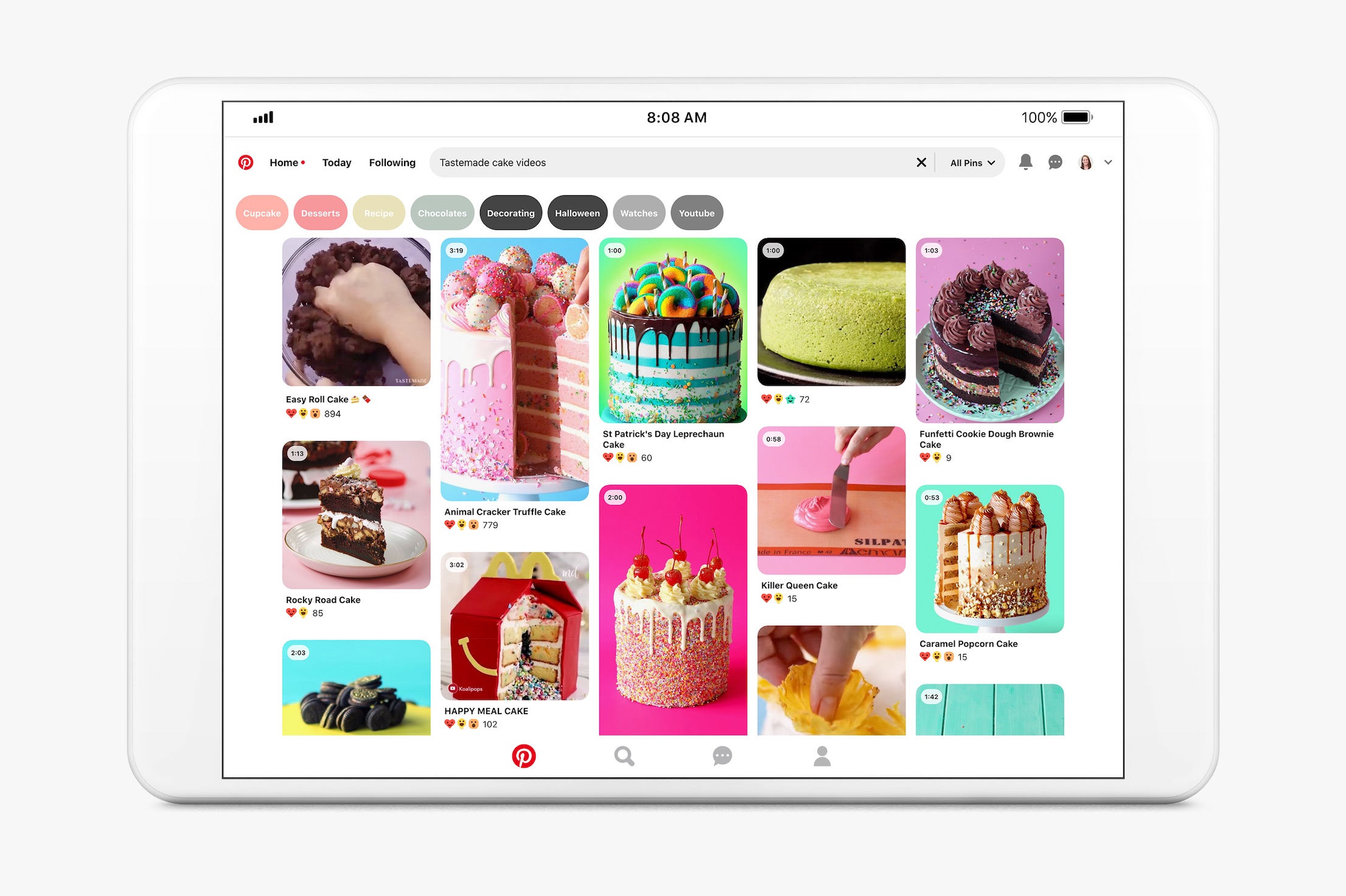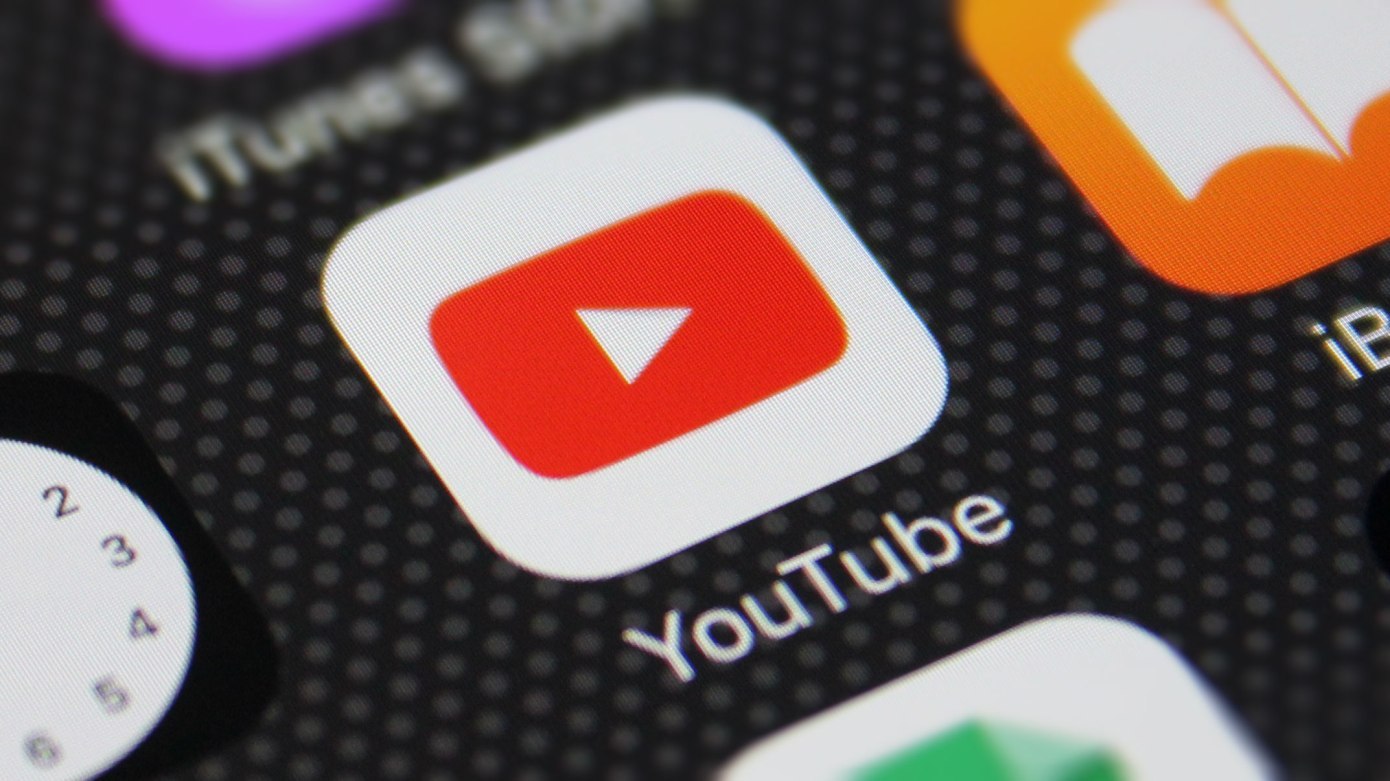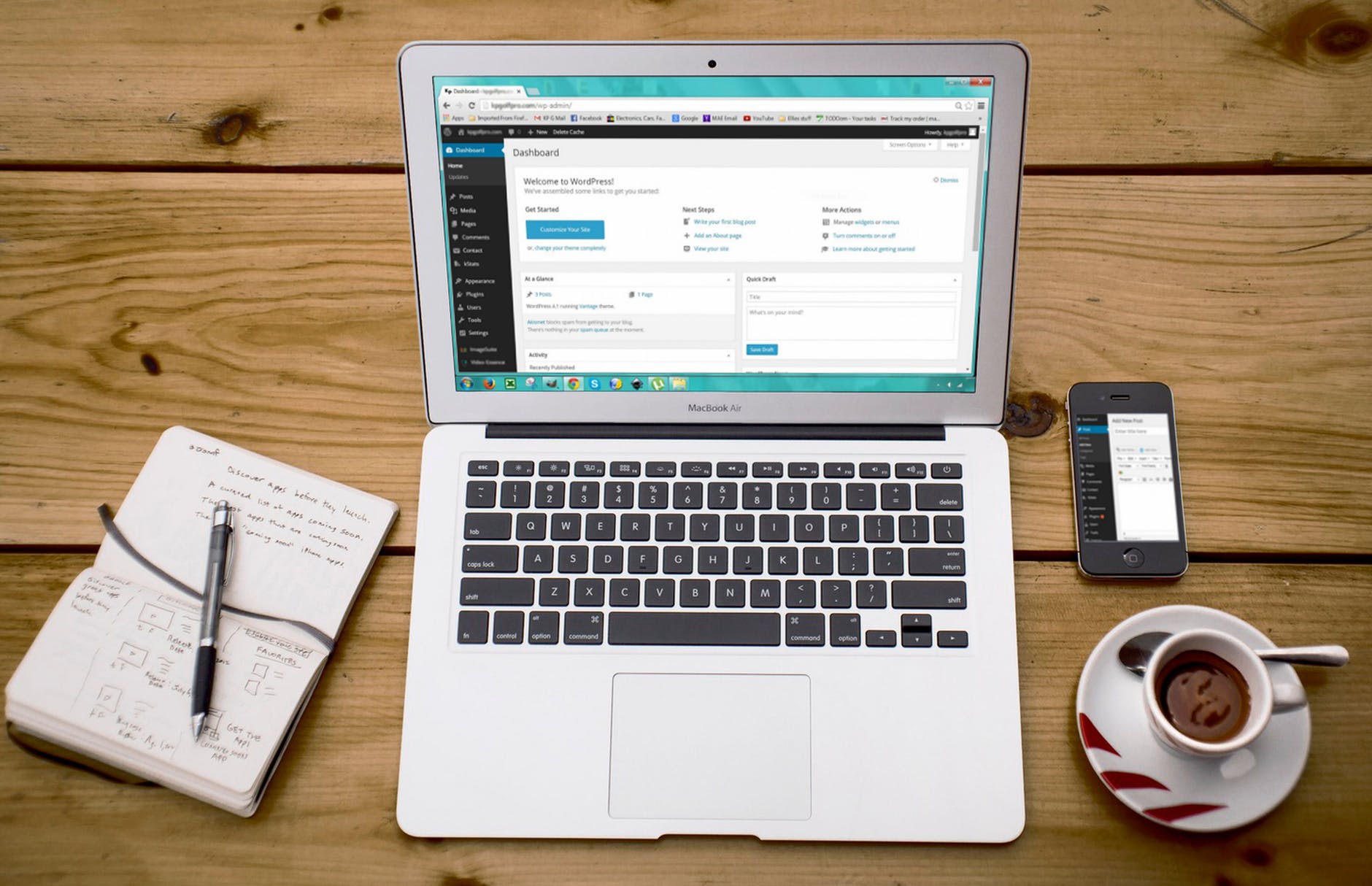Choosing the Right Social Media Platform for Your Business
When you’re busy managing your business, it’s impossible to find time to be active on every social media out there and track everything, let alone the campaigns and impact, all by yourself.
Narrowing down your choice to just a select few platforms will allow you to focus your efforts and get the best return on your time investment.
Being everywhere without a specific objective for each platform would be wasting resources.
So how do you choose the best social media platform for your business?
Step 1: Identify your audience
The first step is to identify your audience. You want to be as specific as possible, since it will make your decision easier. Find the answers to these questions:
- Who is your customer?
- How old are they?
- Are they male or female?
- What is their income and education level?
- What are they interested in other than your product and service?
Use the answers to these questions and any other business relevant questions in order to help build out a profile of your audience.
Step 2: Define your goals
Once you know your audience, you need to define goals for that audience. As a business owner, your primary goal is obvious – drive sales by attracting customers. While some brands use social media to drive brand recognition and to develop friendly relationships with potential buyers, others use social media for customer support.
For example, on-demand media company Netflix uses the Twitter handle @Netflixhelps to address customer service issues. Not only does it free up their phone lines, but it gives satisfied customers an opportunity to promote their brand.
When it comes to creating your social media goals, brainstorm a list of both typical and unusual ways social media could work for your brand.
Step 3: Find your audience
Now that you have your audience profiled and your goals defined, it’s time to find your audience. You need to determine which platform your audience uses by looking at the demographics of the users on each platform. You’ll also want to consider how active your audience is on that platform. For example, while young Facebook users may have profiles, they’re more active on Instagram or TikTok. Besides demographics and engagement, you’ll also want to look at how individuals use the platform.
Below is a guide to some of the major social media platforms to help you find your audience.

Facebook reports over 2.7 billion users-that’s larger than the population of China! With all that noise, it’s important to remember how individuals use Facebook: to build relationships and keep contact with old friends. This makes Facebook a good platform for building the loyalty of your existing customer base. The downside to Facebook is that it may be hard to reach a new audience; due to its large population, your posts have a limited reach-even within your own networks.
As you assess Facebook as a potential platform, carefully consider your business goals. If you’re trying to acquire new business, Facebook might not be your best option, but if you’re building a dedicated following of clients and you need a way to keep in touch with them, this is a great option for your business. Running lead generation campaigns and driving some sales campaigns with CTAs work well if you want to reach out to new audience beyond your network.

Twitter is an excellent platform to build awareness for your brand. Twitter utilizes the hashtag, which organizes conversations around a word or phrase. By searching hashtags, you can learn what people are talking about so you can craft your tweets to take part in popular conversations. Why would you do this? Because Twitter can offer insight into what topics are trending, Twitter is often used by news outlets to find stories. Since Twitter is often used to provide real time updates to an audience, many brands combine Twitter with offline engagement, such as events. This could be a great platform to give instant updates or even cheeky / smart tweets which keep the audience engaged and in the best moods to interact with the brand.

Pinterest is used for “scrapbooking” or, in other words, saving content by “pinning” photos or videos to a virtual bulletin board. Female users dominate the Pinterest demographic. Some of the most common pins are recipes, style ideas, striking photographs, and DIY crafts. Since Pinterest is a visual-based platform, you’ll need strong graphics to engage users. Successful business use of Pinterest has been linked to strong retail sales. So if you manage to get good shots of what you like to sell, it is a great platform to be in.
YOUTUBE

Although YouTube boasts 2.3 billion users, its reach extends far past that. You don’t have to sign up to be a user to view content on YouTube. As a result, YouTube has become one of the biggest search engine platforms. Many of these searches are for “How To” videos. Service industry businesses that can offer this type of content work well on this platform, along with lifestyle and educational videos. Long videos, tutorials, short videos, series – YouTube manages to deliver anything in video marketing. Here is a basic course for creators for YouTube in case you want to DIY.

LinkedIn has the distinction of being the most utilized platform for professional audiences. It boasts the largest users among ages 30-49. LinkedIn is also unique because it has a narrow focus. People use LinkedIn to search for jobs and to network professionally. As a result, the platform is useful for B2B lead generation, general networking, as well as recruiting employees. It acts as a perfect platform to build a personal brand as an industry leader in your field of work, which builds trust with the audience.

Instagram is one of the fastest-growing platforms, especially among a young audience. Like Pinterest, Instagram relies on photos or videos for conversation. As a result, this platform works really well for visual-based businesses, like art, food, retail, and beauty. Because it’s a growing platform, there’s less noise than Facebook. This means the platform is useful for generating leads because your reach is wider. Lately, Instagram Reels has been the talk of the town for it’s massive reach, thanks to it’s algorithm.
BLOG

The best way to curate and archive your content is through blogs. When you write value add information in public domain, people start trusting and believing in the brand.
This also helps you reach out to the target audience through detailed posts, guest posts and influencer posts which add to the authenticity of the brand.
Platforms like WordPress are best and easy to use, with negligible financial investment.





